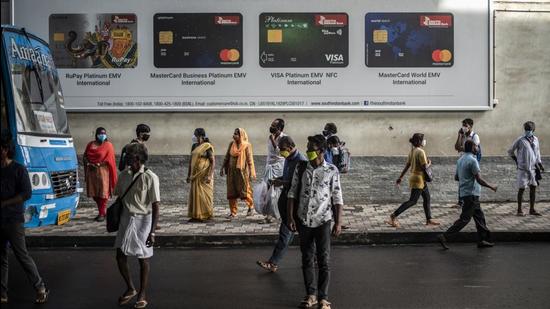Lessons for India from Kerala’s Covid experience
Localised lockdowns, stringent restrictions, and an effective containment policy are needed to sharply reduce the number of cases. If Kerala is unable to do so, it is because the state doesn’t have adequate restrictions; it is ineffective at monitoring even; and people are not self-isolating when they test positive
Many held Kerala up as a national and global example on how to manage Covid-19 during the first wave of the pandemic. But, as a regular Covid column HT ran for a little over a year pointed out, even in those early days, this was more smart PR than anything else. Now, Kerala accounts for 68% of India’s cases (in terms of the 7-day daily case average on August 30). And the state is understandably coming in for criticism for its handling of the pandemic. There are multiple theories about what’s happening in the southern state with the best social development indicators in the country. Based on statistical and scientific evidence on hand, it can be safely surmised that Kerala’s crisis is caused by a mutant strain of the original virus, and an extremely poor containment and home quarantine policy.

Also Read | Sero survey, new testing strategy: How Kerala is battling rising Covid-19 cases
As evident from Delhi’s experience during the peak of the country’s second wave (and the city-state’s fourth), a localised lockdown, stringent restrictions, and an effective containment policy are all that are needed to sharply reduce the number of cases. If Kerala is unable to do so, it is because the state doesn’t have adequate restrictions; it is ineffective at monitoring even what restrictions are in place; and people in the state are not self-isolating when they test positive (again, there’s inadequate monitoring of this). As India opens up even more, and as many states reopen schools, it is important that everyone learn from Kerala’s experience.
If there is a silver lining, it’s Kerala’s case fatality rate, which currently stands at 0.5% in comparison to the country’s 1.3%. Clearly, the state’s superior quality of public health care has helped – another lesson for other states. A good public health care system can lessen the impact of even an enduring wave of infections.
All Access.
One Subscription.
Get 360° coverage—from daily headlines
to 100 year archives.



HT App & Website







